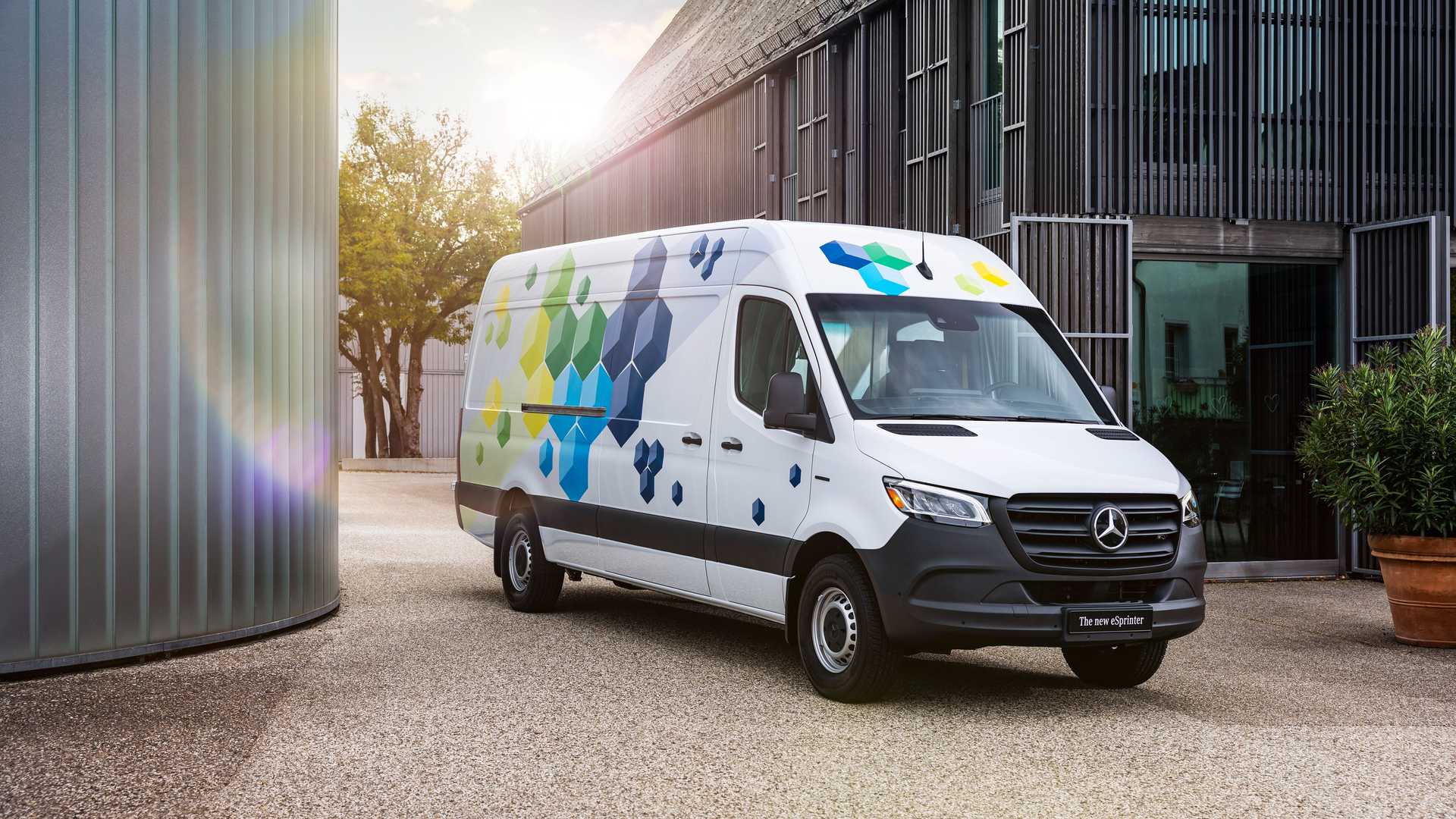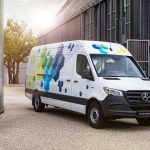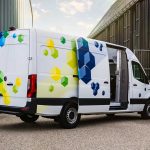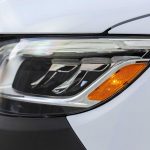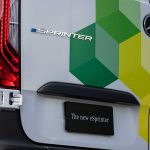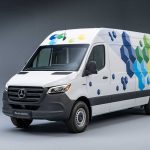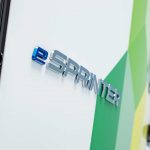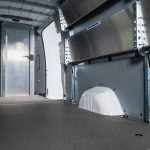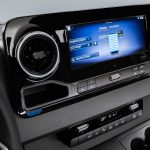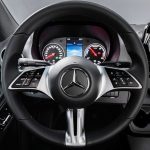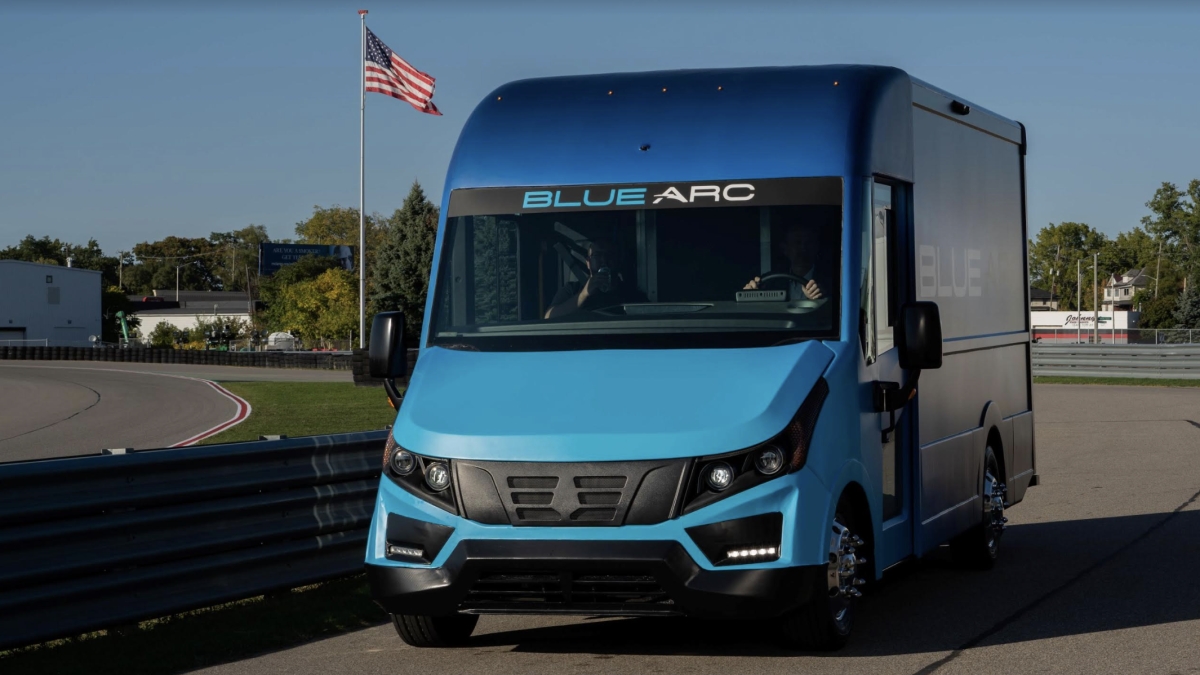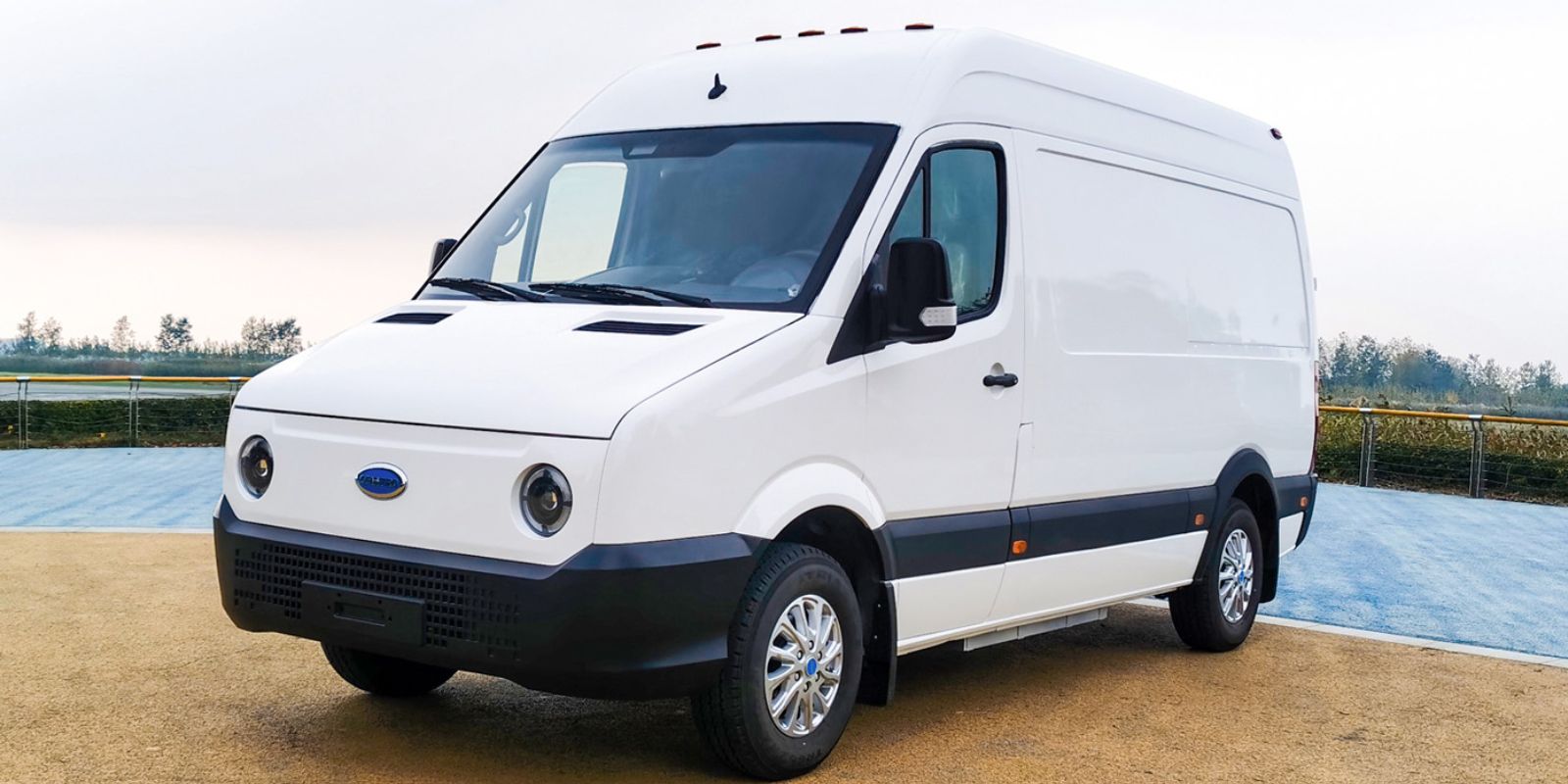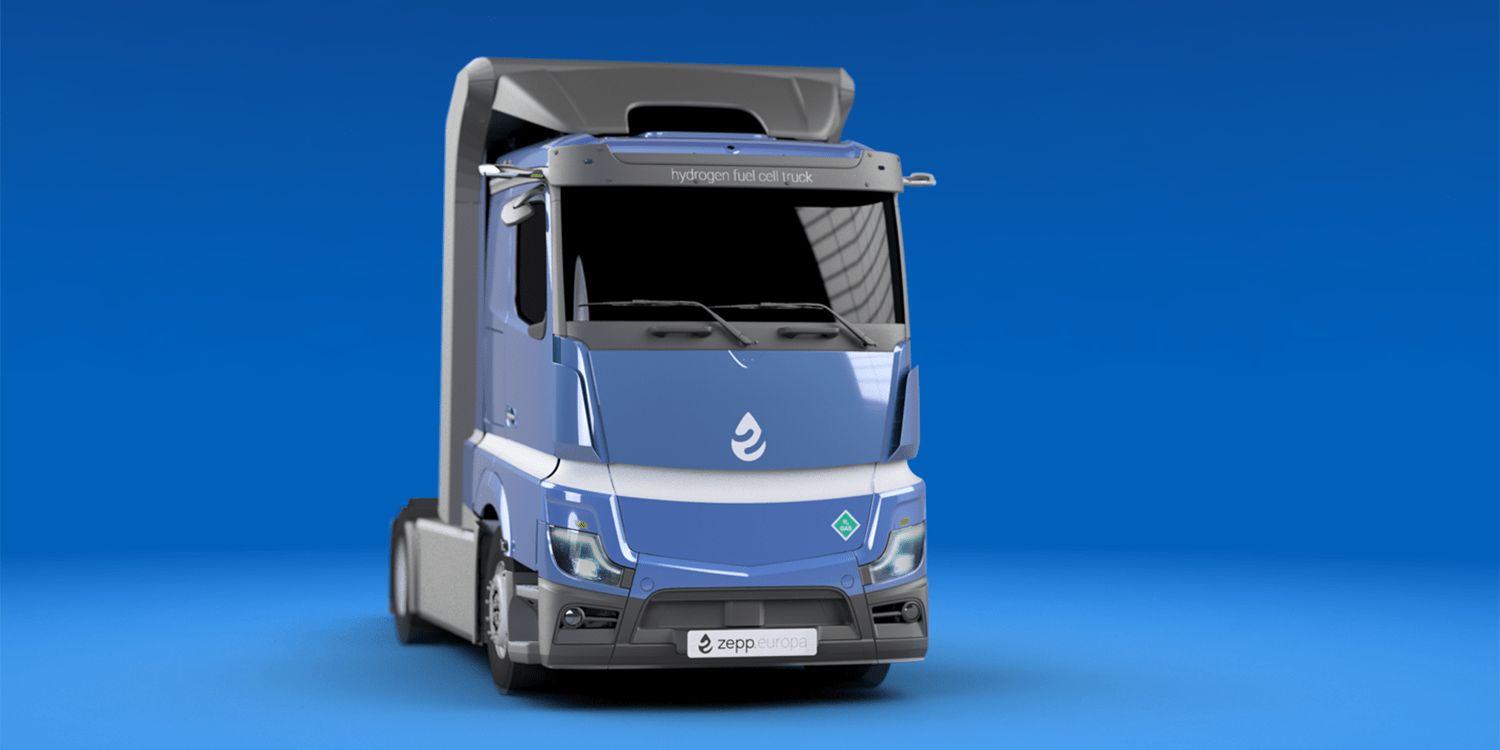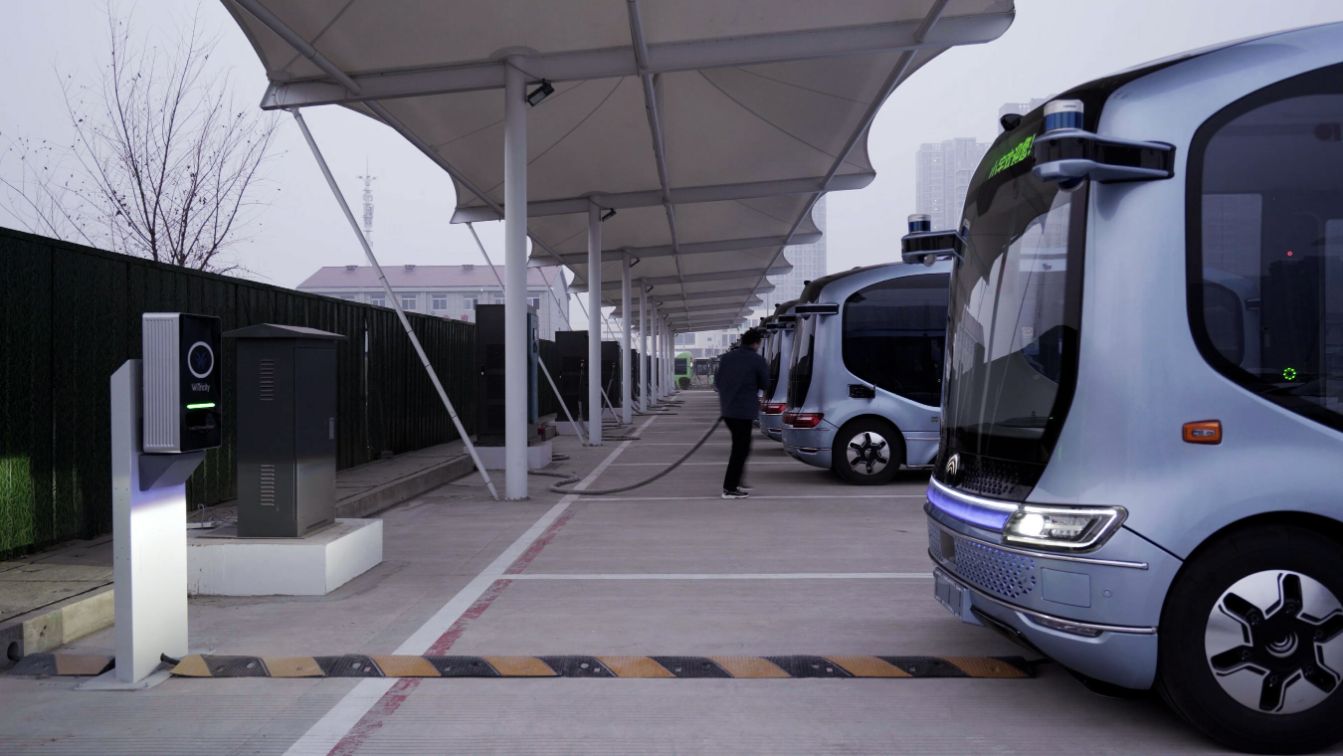The Mercedes-Benz eSprinter, the company’s first all-electric commercial van, has debuted as a direct competitor to the Ford E-Transit. The US market will receive the Sprinter Cargo Van in H2 2023, followed by Europe later in the year. Mercedes is producing the eSprinter in Charleston, South Carolina to bypass the Chicken Tax and will later manufacture it in Germany for other markets.
The eSprinter has a 113 kWh battery that provides a WLTP combined cycle range of 248.5 miles and up to 311 miles on the WLTP city cycle. Despite this, full-size vans are not tested by the EPA, so US range estimates may differ greatly as WLTP tests tend to overestimate. In contrast, the Ford E-Transit comes with either a 68 or 75 kWh battery, giving a WLTP combined range of 196 miles and US estimates of 108 to 126 miles, depending on configuration.
The Mercedes eATS powertrain powers the van with a 286-pound permanent magnet synchronous motor on the rear axle. Customers can opt for either 134 or 201 horsepower outputs, along with up to 295 lb-ft of torque. The eSprinter can carry up to 488 cubic feet of cargo, with a permissible gross vehicle weight of 9,370 lbs.
North America will only receive the largest 113 kWh battery pack, which uses lithium/iron phosphate cell chemistry and is free from cobalt and nickel. The battery features active thermal management for optimal efficiency and is located in the floor of the chassis for the best center of gravity.
The eSprinter can be charged through AC with a maximum of 9.6 kW using an onboard charger, or through DC fast-charging with a maximum input of 115 kW. A 42-minute charge from 10-80% is possible through DC fast-charging.
The eSprinter is equipped with the latest Mercedes-Benz User Experience (MBUX) infotainment system, including “Hey, Mercedes” voice control, previously only available on passenger vehicles. While it is not an EQS Hyperscreen, MBUX has “Electric Intelligence” navigation that can plan routes based on the desired state of charge at the destination and suggest charging stops, likely at Mercedes charging stations.
Like Ford with the E-Transit, Mercedes has aimed to make the eSprinter feel similar to the gasoline version, but with an electric drivetrain. To accommodate various configurations, certain parts are modular, with the drive system (rear), battery (central), and high-voltage components in the front module remaining unchanged.
Pricing has not been announced, but Mercedes-Benz Vans has invested 350 million euros in developing the eSprinter and is committed to an all-electric lineup by 2025.

